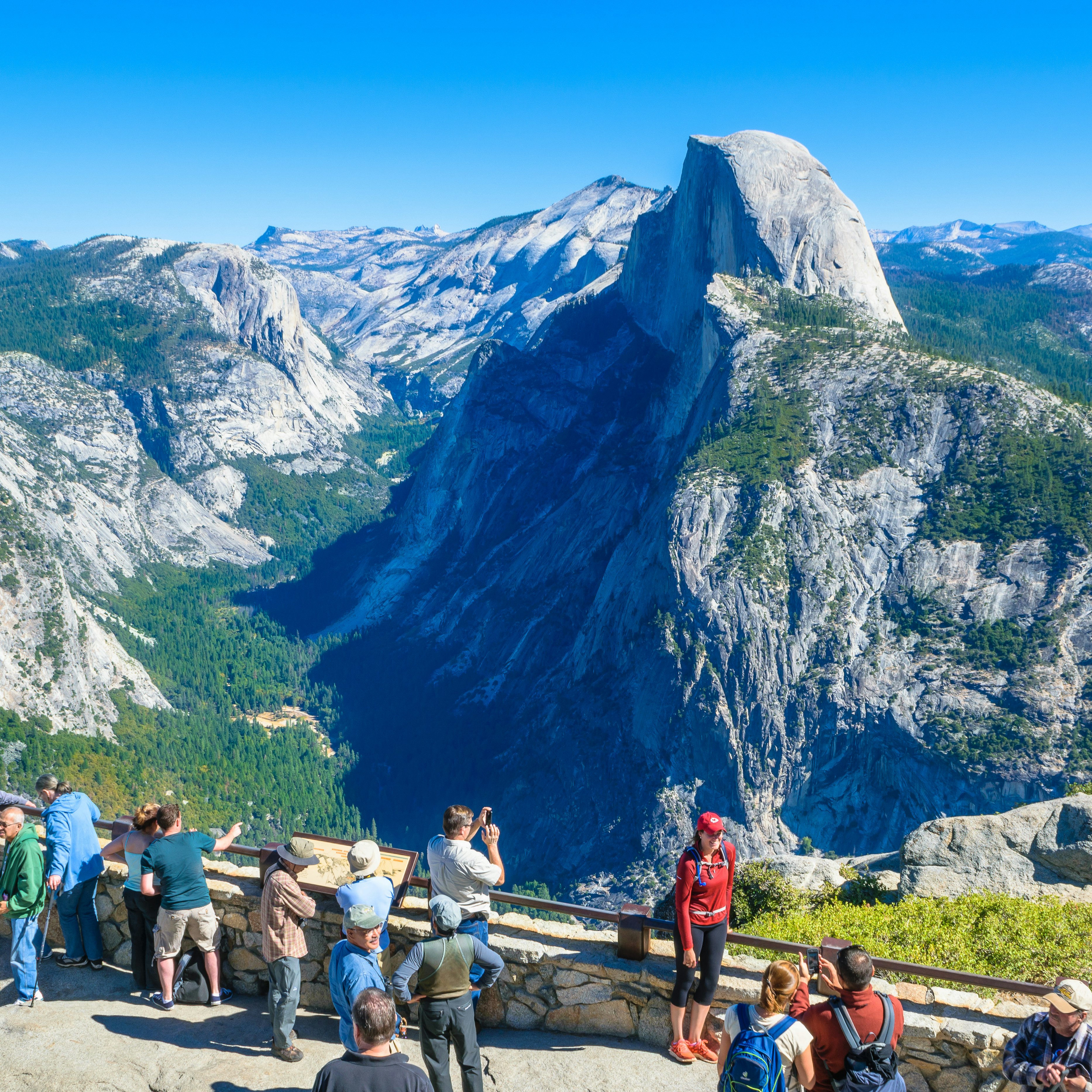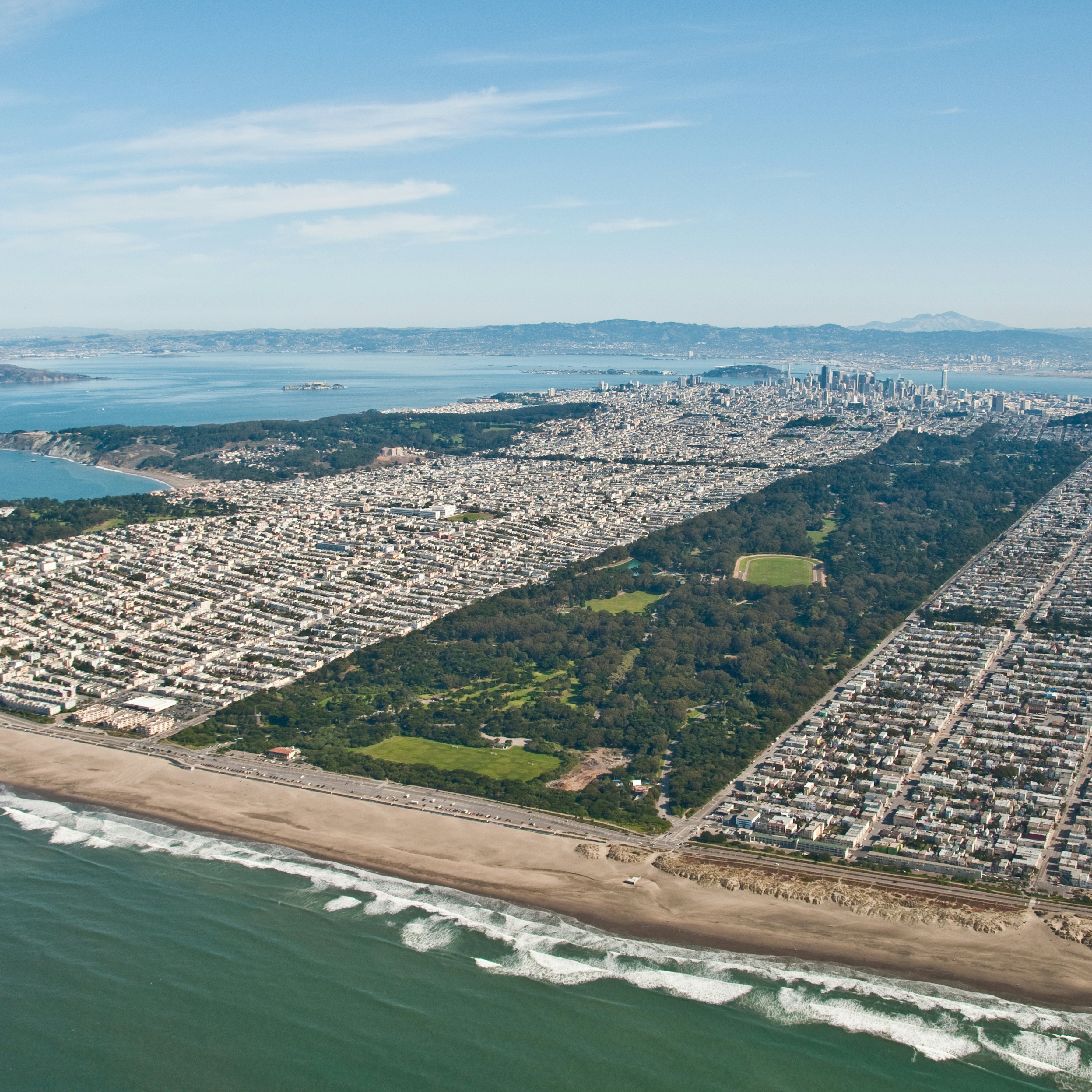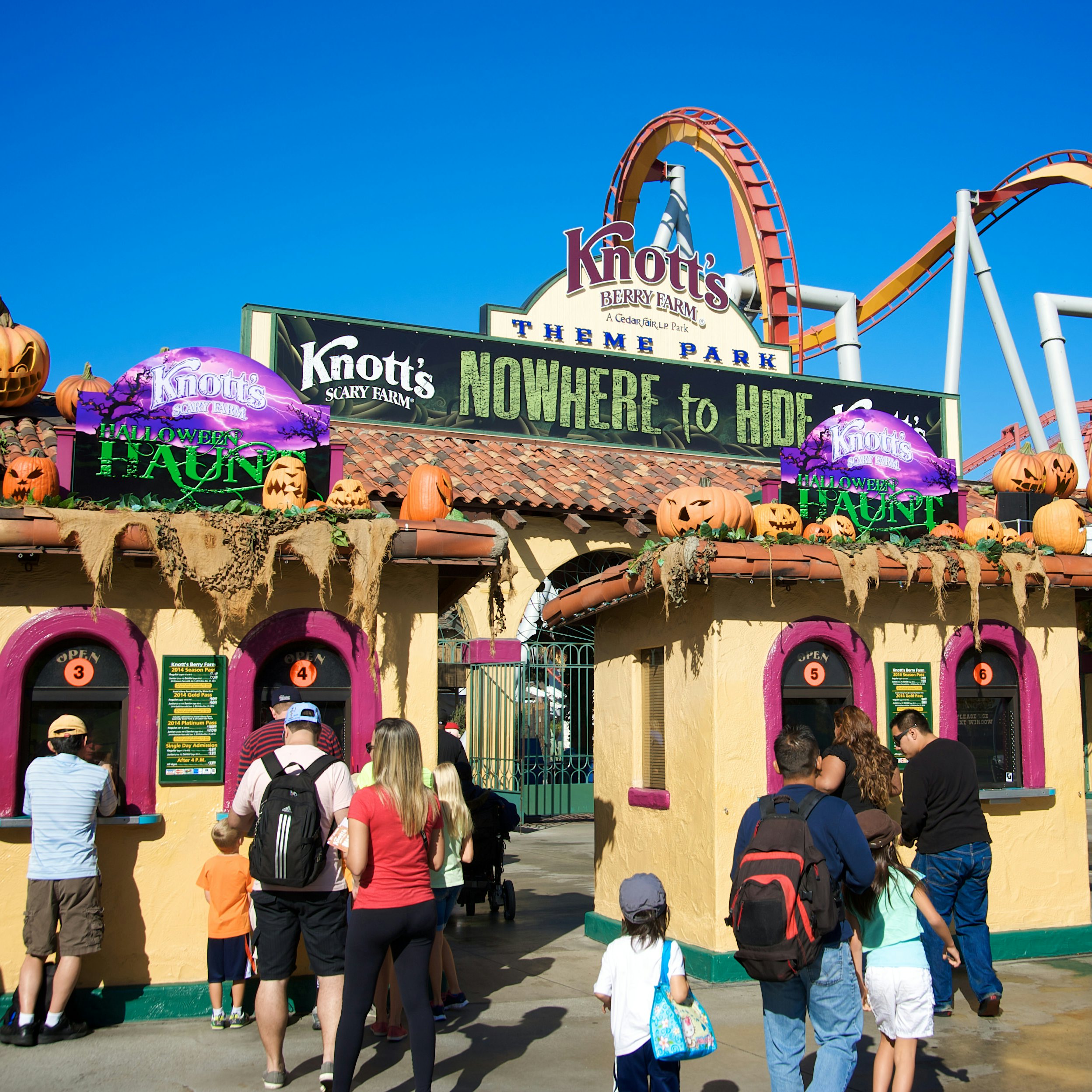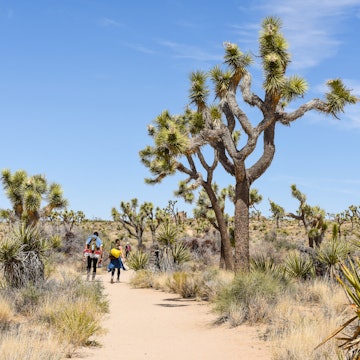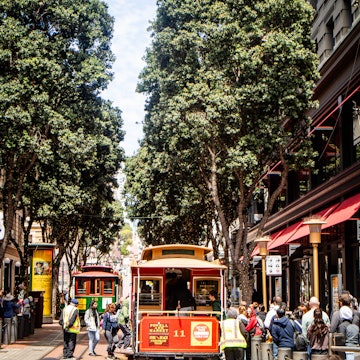

Benjamin Heath for Lonely Planet
Overview
Twinkling cities, misty redwood forests, sun-kissed beaches, a creative local food scene and an adventurous attitude: California is instantly captivating.
Leave the planning to a local expert
Experience the real California. Let a local expert handle the planning for you.
Must-see attractions
Planning Tools
Expert guidance to help you plan your trip
Best Things to Do
California has a reputation for sunshine, beaches and palm trees, but there's much more to see in the Golden State. Here are California's top things to do.
Read full article
Best Places to Visit
From cosmopolitan cities to epic natural wonders, California has it all, and the state's best places appeal to travelers of all sorts.
Read full article
Best Time to Visit
From avoiding the crowds to getting the best budget deal, here's what's happening through the seasons in California.
Read full article
Things to Know
California's sun-drenched parks, beaches and cities are a huge draw for tourists but where to begin? Here's what you need to know before you go.
Read full article
Transportation
California may be besotted with cars but that's not the only way to see the Golden State. Here's everything to know about getting around California.
Read full article
Free Things to Do
California attracts travelers with expensive tastes but there's plenty to do here on a budget. Here's our round-up of the best freebies in the Golden State.
Read full article
Money and Costs
California has a lot to offer travelers and unfortunately, the price tag to match. But there are ways to visit on a budget if you know how!
Read full article
Best Road Trips
California's unforgettable scenery tugs at your heart and soul, and these five road trips cover it all, from the Pacific Coast Highway to Route 66.
Read full article
in partnership with getyourguide





